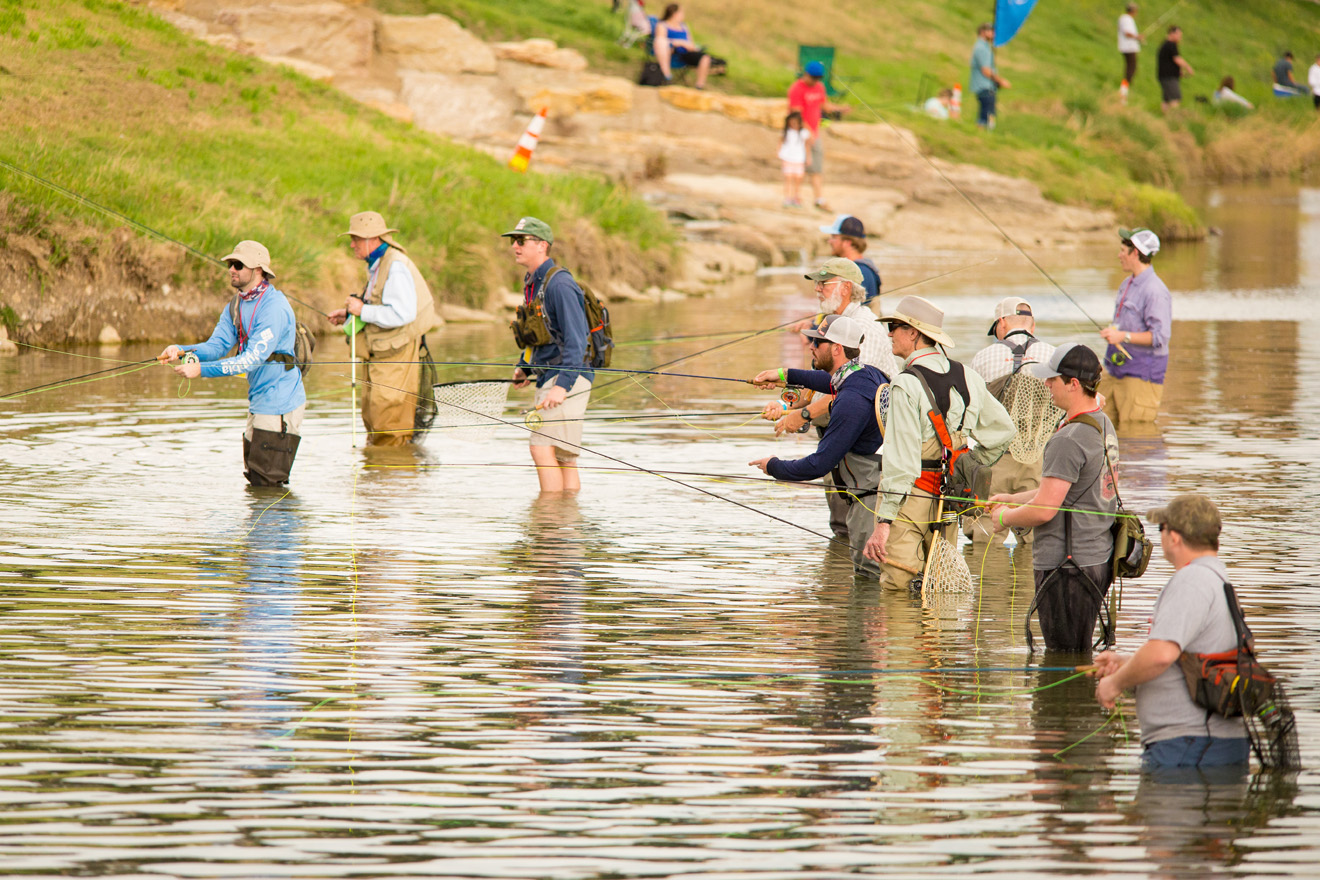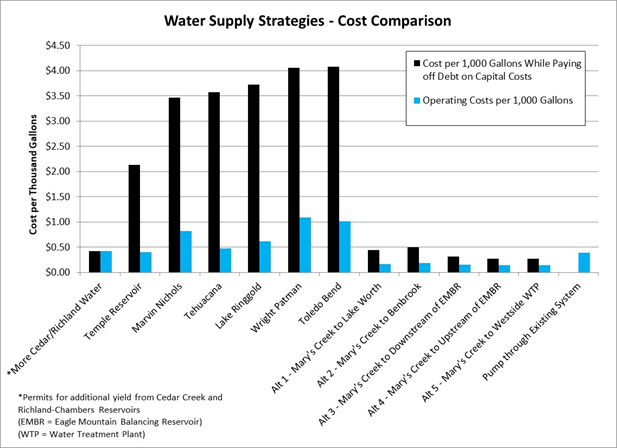
In response to public concern, the Texas Commission on Environmental Quality (TCEQ) is holding an online public meeting at 7 p.m. Oct. 5 to discuss the City of Fort Worth’s permit request for a wastewater treatment plant that will impact Mary’s Creek, the Clear Fork downstream of Lake Benbrook and the confluence of the Trinity River in Fort Worth.
TRWD opposes discharging water from the Reclamation Facility into Mary’s Creek because water quality computer modeling by environmental experts predict it will harm the Trinity River’s water quality. These experts also predict an increase in the risk of harmful blue-green algae growth in the summer months which could require no-contact warnings during the same months that river recreation is popular. More information on other locations that have experienced blue-green algae growth can be found here. At times, during summer months the discharge will make up almost 100 percent of the Clear Fork’s flow. The Trinity River in Fort Worth is currently recognized as having one of the best water quality conditions for an urban section of river in the State of Texas.
TRWD supports two alternate solutions that would avoid these water quality impacts. The first is to use the facility’s discharge as irrigation water. This was the originally stated purpose of the facility. The reclamation facility has been in the planning stages for almost two decades and TRWD has consistently supported using the discharge as irrigation water. However, the permit requested from TCEQ would not include reclamation of this water. A new permit would be required to accomplish this purpose. The proposed permit would only allow sending it down Mary’s Creek to the Trinity River. No reuse of this discharge has been proposed in the City’s application.
The second solution is to build the reclamation facility at the proposed location but transfer the discharge to a water supply lake. Environmental studies have shown that a lake discharge immediately provides a level of dilution and assimilation that does not harm water quality and would contribute to the regional water supply system. Engineers have calculated the costs to use this water as a water supply strategy and found it is by far the least expensive next source of water to the region, as shown in the graph below.
These alternate solutions supplement the region’s water supply and remove a threat to water quality in the Trinity River.
Members of the public who would like to ask questions or provide comments during the meeting may access the meeting via webcast at this location and entering Webinar ID 911-820-667. TCEQ recommends that you join the webinar and register for the public meeting at least 15 minutes before the meeting begins. The TCEQ meeting notice can be found here.
Members of the public may also provide a written comment. In the first box enter the permit number at issue: WQ0015668001 (hint: after the WQ, those are zeros, not the letter ‘O’). In the comment section, TCEQ needs to know if an individual supports or opposes the permit and how the individual is specifically harmed.

Independent Review of Comparison of Alternative Water Supplies
Independent Review of TRWD Water Quality Analysis
World Health Organization Information on Impacts from Blue Green Algae

